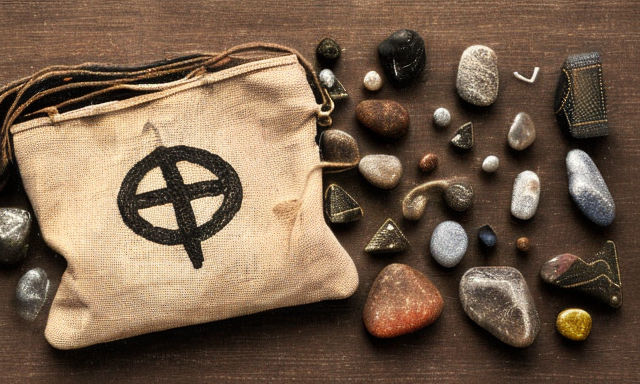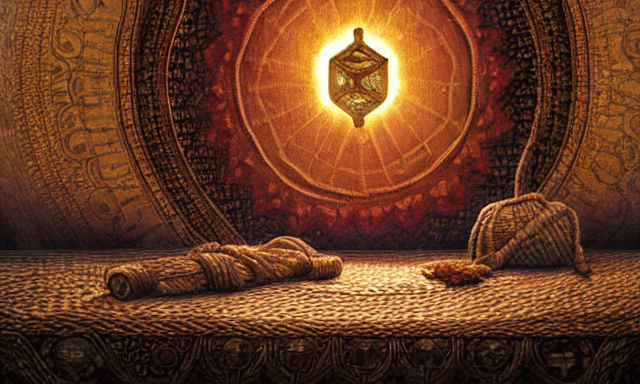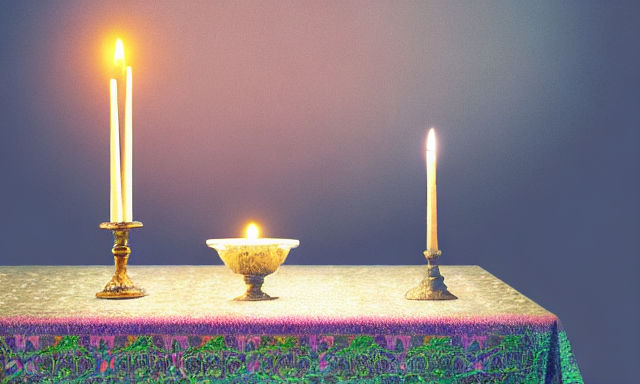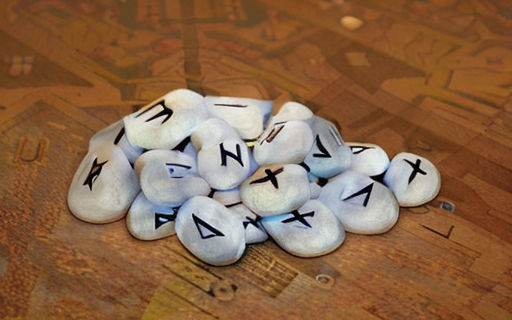Norse Runes?
Whether you have heard of runes or not, you may want to learn a little bit about the origins, symbolism, and meanings of runes. You may also want to design your own runes, or use them as a form of divination.
Origins
During the Viking Age, runes were used in rituals and magic. They were also used in records and to spell words. They are thought to bring good luck and provide protection. Eventually, the Latin alphabet replaced the runes.
Runes can be found in several countries, including Norway and Sweden. They were also used in Britain, France, Germany, and Iceland. They are a form of writing that dates back to the 1st century AD.
The first runes appeared in Northern Europe, where Germanic tribes lived. These runes were originally a part of the Italic script, but they eventually replaced it. They are a type of alphabet that was derived from the Germanic root run-, which means secret, speech, or miracle.
Runes were originally invented by Johannes Bureus, a Germanic priest, who was inspired by visions and a practice of Rosiscrucianism. His runic system of divination was called the Adulruna.
There are many different interpretations of the origins of runes. Some believe they came from the Old Italic script. Others think they are a result of an ancient rite that involved a god called Odin. He was the chief of the Norse gods. He was said to have hung on Yggdrasil for nine days. He may have obtained runes from the Well of Urd. He shared them with the world.
Runes are still used in many modern day cultures. They are found in video games and fantasy literature. In The Fantasy Trip, runes form part of a cipher that helps to uncover clues.
Meanings
Thousands of years ago, runes were used in a variety of ways. They can represent energy, spirit, and protection. They can also bring magic and mystery. They can be used for spell casting and divination. They can also be used during creation. They can even be charged with energy by chanting.
Runes are symbols that were used by the Norse gods. Odin and Loki used runes to create a magical spear. They also used runes for divination and spell casting. These runes were carved on wood, stone, and bone.
The runic alphabet contains 24 letters that are divided into three sets of eight runes. They can be written from left to right, from right to left, or from left to right. The shape of the runes is also varied, varying from region to region.
Runes have been used for thousands of years in different cultures. Some runes can be interpreted by those who have a deep understanding of their meaning. The runes can also be used as a spiritual guide. They can be used to discover hidden knowledge and help guide you on your journey. They are tied to universal forces and are the physical embodiment of your intentions.
They are also used to determine the future. Vikings believed that runes could communicate with the supernatural world. They can also be used to communicate with the dead. Some runes are also a symbol of power and strength.
Symbolism
Symbolism in Norse runes has a very rich history. They can be used to enhance spiritual guidance, provide protection, and bring magic and power into your life. They can also be used to predict the future. Many myths and legends describe the meaning of these symbols.
Symbols of strength and courage abound in Norse culture. These symbols are commonly found on coins, jewelry, architecture, signposts, and other objects. They are also associated with specific characters. For instance, Aegir is a Norse God of the sea. His symbol is in the form of a circle with eight tridents. He is also associated with determination and stillness.
Other strength symbols include Gapaldur and Ginfaxi. These are twin charms for success in ancient Icelandic wrestling. They are not general strength charms. Their specific purpose is to enhance physical strength. They are also used for modern decorations.
Runes can be carved onto stones, wood, or clay. Modern pagans and spiritual practitioners use them in their art. They are also used in popular culture. They are often used in video games, and can appear in fantasy literature. They can also be used in printed booklets, maps, and in-game signs.
The runic alphabet is used by modern spiritual practitioners to create rune symbols on wood, clay, and crystals. The symbols have roots in history, mythology, and popular culture. The runic alphabet is not a true writing system, but it does have a special meaning.
Divination
Using runes is an ancient and powerful divination tool. It helps you connect with your intuition and guide you through a problem or issue. You may not know what runes mean at first, but if you pay attention, you’ll find that they will provide you with information.
Runes are made up of 24 different symbols. They’re usually made from wood, but they can also be made out of other materials. They’re usually kept in a pouch or book with instructions.
Runes can be used for many different situations. For example, if you’re wondering whether your partner will propose, you might use runes to determine if he or she is romantically compatible. Similarly, you might use runes to determine whether you’ll lose your job or find a new one.
Runes have been used for thousands of years, and they’re still used today. They have been used for writing, divination, and talismans.
Some people believe that runes are just ancient alphabets. Others think that they are an advisory tool that offers specific advice. Unlike Tarot, which gives you a general answer to a question, runes do not offer specific answers. You can get a glimpse of what you might expect to happen, but you can’t always trust the information they provide.
Runes aren’t fortune tellers, but they are an excellent tool for divination. You’ll need some basic intuition and critical thinking skills to make sense of them.
Designing your own bind rune
Creating your own Norse bind rune requires an understanding of the meaning of the runes. Some runes are very obvious while others may require some research. You should also be aware of reversed meanings.
When creating your bind rune, you should select runes with complementary meanings. It’s a good idea to limit your choices to about two or three. Also, consider the goal you want to achieve. Are you seeking wealth, protection, love, abundance, or other things? If so, examine each rune to see how it can help you reach your goals.
For example, the rune of elk, Algiz z, is used to protect oneself from harm. It is also a powerful symbol of personal power and ancestral protection. It can also be used to request help from Odin, or to increase metaphysical knowledge.
Using runes can also help one gain knowledge and memory. The rune Kenaz can help you remember things and do well on tests. It is also a good rune for college students.
You can also use runes to protect your house. You can put them on the front of the door, or above the mantel. For long-term protection, it is best to use hard material. You can also use incense, dried rose petals, or other magical implements.
When choosing runes for a bind rune, be sure to choose the ones that have the most important meaning for your purposes. You may also want to check for hidden runes.
Comparison to Medieval runes
During the Viking Age, three different types of runes were developed in Scandinavia. These include the Elder Futhark, the Younger Futhark, and the Anglo-Saxon Futhorc. The Younger Futhark was the primary alphabet used in Scandinavia during this time.
The Elder Futhark, which was used in the 2nd to 8th centuries, generally comprised 24 characters. By the end of the 8th century, the Elder Futhark had split into two. The Younger Futhark was mainly used in Scandinavia during the Viking Age. The Younger Futhark gradually evolved into the Medieval Runes.
The runic alphabets of the Elder Futhark were divided into two main types: long-branch and short-twig runes. The long-branch runes are also called Norwegian-Swedish runes and the short-twig runes are also known as Danish runes.
Runes were used in Scandinavia throughout the Viking Age, but they were not a language. They were more used to label personal possessions. They were written mainly on stone monuments, jewelry, and weapons.
In the Middle Ages, runes became a response to the growth of the Latin alphabet. They also were used in the British Isles and Iceland.
The Younger Futhark was the most common rune alphabet during the Viking Age. The Younger Futhark was primarily used in Norway and Sweden. They were eventually replaced by the Latin alphabet.
The Anglo-Saxon Futhorc, which was used by Germanic tribes who migrated to England, reflects the changes in the sounds of the language.







